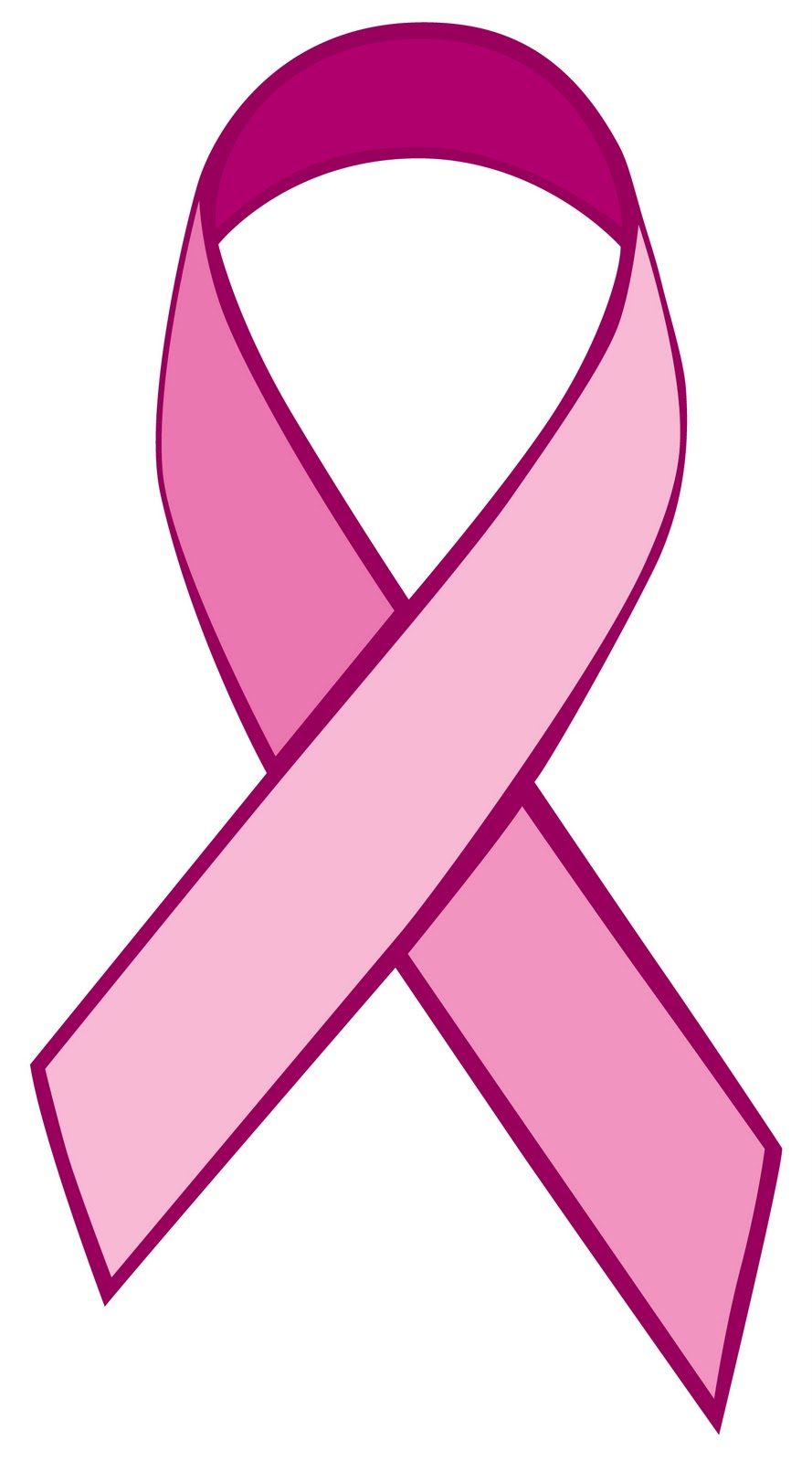By Dr. Josh Palgi
Breast Cancer Awareness month is held every October, but awareness is needed year-round. While many people are aware of breast cancer, many forget to take the steps to have a plan to detect the disease in its early stages and encourage others to do the same.
Here are some facts from Susan G. Komen, American Cancer Society:
* Physical activity may lower the lifetime risk of developing breast cancer. Regular exercise reduces estrogen levels, fights obesity, lowers insulin levels and boosts immune system cells that attack tumors. Maintaining a healthy diet and regular physical activity are good ways to reduce your risk to breast cancer.
*Age is a well-established risk factor for breast cancer. The older a woman is, the more likely she is to develop the disease. In general, rates of breast cancer are low in women under age 40, begin to increase after age 40 and are highest in women over age 70. In the United States, 95 percent of the women diagnosed with breast cancer each year are age 40 or older.
*A diagnostic mammogram is used to evaluate a woman with a breast problem/symptom or an abnormal finding on a screening mammogram. The diagnostic mammogram will be focused on the areas where there appear to be abnormal tissue. It should be performed under the direct, on-site supervision of a board certified radiologist.
*Most women diagnosed with breast cancer – more than 85 percent – have no family history of the disease. Having a relative with breast cancer does increase your risk. But other factors such as being overweight, alcohol use and hormone therapy after menopause impact your chances as well.
* More than 2,000 men are diagnosed with breast cancer every year. Men should not ignore breast lumps and should get any breast changes checked.
While you can’t change certain risk factors – like being female and having a family history of breast center – you can do a lot to help reduce your breast cancer risk as much as possible.
In a word: lifestyle. Exercise more and eat healthier, especially if you’re overweight or obese. Limit or eliminate alcohol and quit smoking. Cancer prevention isn’t fool-proof, but being responsible about your health can go a long way.
Breast cancer is the second leading cause of cancer death in women. About 1 in 8 (about 12%) will develop invasive breast cancer over the course of their lifetime.
In 2014, an estimated 232,670 new cases of invasive breast cancer are expected to be diagnosed in the US, along with 62,570 new cases of non-invasive breast cancer.
About 40,000 women in the US are expected to die in 2014 from breast cancer. In New Jersey, about 7,000 women will likely be diagnosed with breast cancer this year, and more than 1,000 will die from the disease.
For both women and men, to monitor your health get recommended screening and consider lifestyle changes that could reduce the risk of developing breast cancer, including:
• Maintain a healthy weight
• Get fit
• Limit alcohol consumption
• Quit smoking
• Get checked
• Perform breast self-exams and schedule regular mammograms.
Think Pink, and spread the message.
* Dr. Josh Palgi is a professor in the Department of Physical Education, Health & Recreation.

